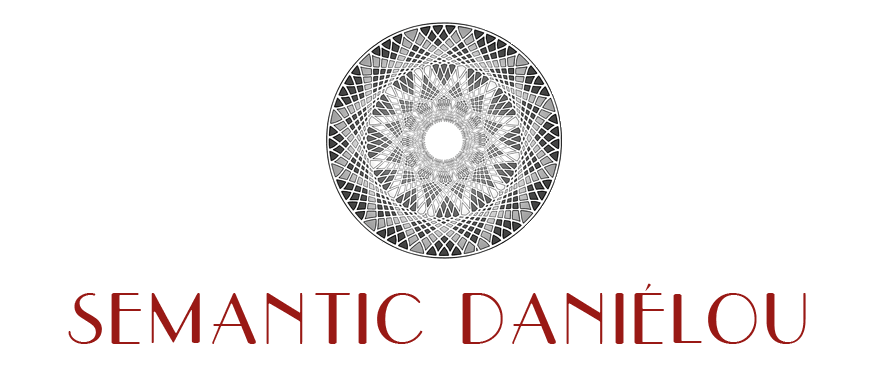Michel Geiss is a musician, eletronics engineer, electronic instrument designer, sound engineer and mastering engineer (for musicians including Marc Lavoine, Patrick Bruel, Laurent Voulzy and Véroique Sanson).
After meeting Jean Michel Jarre in 1974 he has collaborated broadly with him for many years, which lead him to create the drum machine “Rythmicomputer” and the “Matrisequencer”. Recently, in partnership with the IRCAM (Institut de Recherche et Coordination Acoustique/Musique – Institute for Research and Coordination in Acoustics/Music), he created a software synthesiser called the “GeissEnveloper”, as well as the “OctoPlus”, for use with the software workstation Ableton Live.
The ethnomusicologist Xavier Bellenger heard, through his friend Jacques Cloarec, about Alain Daniélou’s desire to put his theory into practice with a new instrument created specially. The first version indeed had only very basic sounds and its ergonomics were not ideally adapted for its use.
Xavier Bellenger, a friend of Michel Geiss, decided to put him in contact with Alain Daniélou who was able to discuss his project with him directly. Following this meeting Michel Geiss suggested that they dismissed the idea of using a piano keyboard, given its connection with equal temperament, and replaced it with an accordion-type button keyboard, to which Alain Daniélou agreed. The advantage of opting for a button keyboard was the possibility of concentrating a much greater number of notes into a small space as well as making it easier to play. Although Alain Daniélou simplified his concept by reducing to 36 notes an octave made of 52 notes, bringing the notes closer together over a small surface was still necessary in order to access a sufficient range of pitches.
Once the concept and the layout of the notes had been validated by Alain Daniélou, Michel Geiss brought together a team to work on the project, including Christian Braut, computer music specialist, Jean-Claude Dubois, IT and electronics specialist, and Philippe Monsire, industrial designer.
From this collaboration the Semantic Daniélou was born: a unique, comprehensive, physical instrument, whose sounds were relatively simple in the beginning but were considerably improved later when Michel Geiss incorporated a powerful computer offering many more sounds and thus expressive possibilities.

